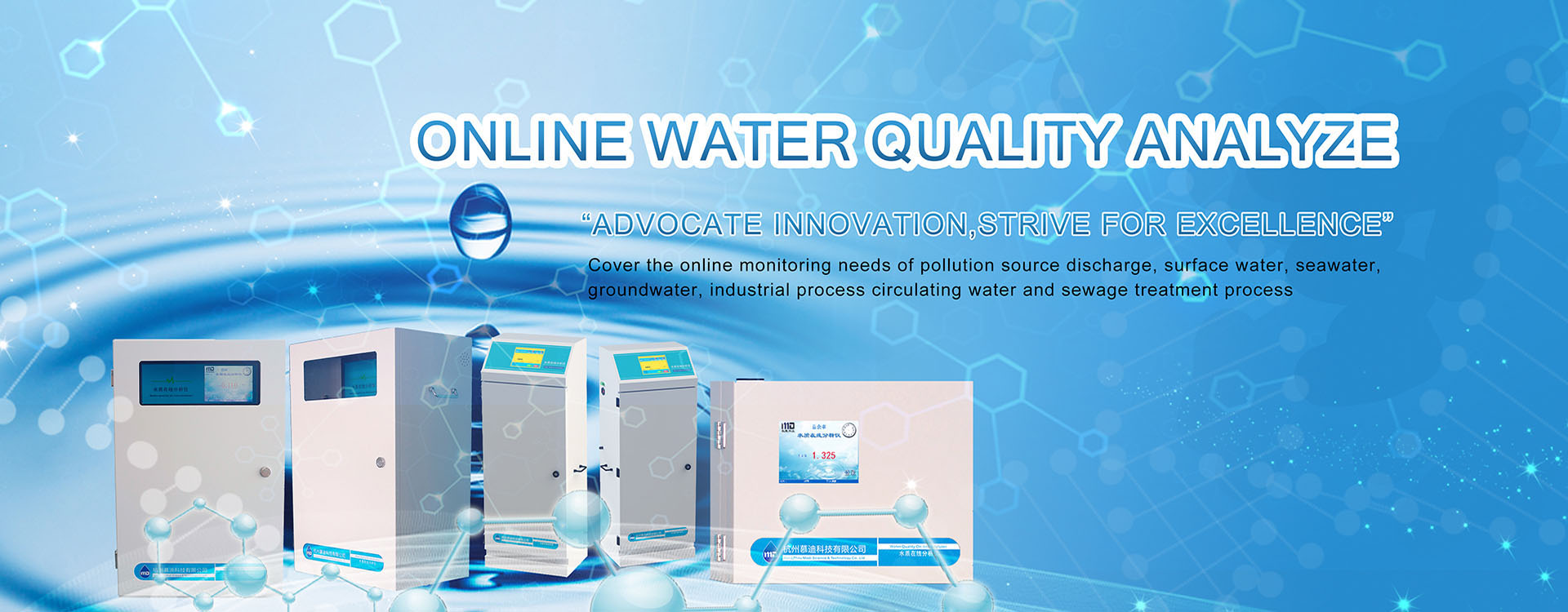In fact, phenolic wastewater also comes from various industries. The main sources are different industrial sectors such as coking plants, gas plants, and petrochemical plants, as well as the production processes of petroleum cracking to produce ethylene, synthetic phenol, and synthetic dyes. The main phenolic compounds in its wastewater (such as phenol, cresol and nitrocresol, etc.) exist. The phenolic compound inside is a native cytotoxic substance, which can cause proteins to coagulate.
What exactly are the hazards of phenol? It can be viewed from the following several stages:
1.When the mass concentration of phenol in water reaches 0.1-0.2mg/l, fish will develop an unpleasant smell and become inedible.
2.When the mass concentration reaches 1mg/l, it will affect the spawning of fish.
3.If the phenol content reaches 5-10mg/l, it will directly cause a large number of fish deaths.
4.Additionally, drinking water containing phenol can be harmful to the human body. Simply put, if the phenol content in water is only 0.002mg/l, disinfecting it with chlorine will also produce a foul smell of chlorophenol.
What the relevant staff need to do is that when the concentration is very high, the phenol needs to be concentrated and recovered for treatment. If the mass concentration of the wastewater is below 300mg/l, it can be treated by biological oxidation, chemical oxidation and other methods before being discharged or recovered.
Staff can use the T8000-ph online phenol monitor in water to conduct real-time monitoring of phenols in wastewater and determine the specific content of phenols based on the data. Of course, detecting phenol in water is just one item. There are other harmful indicators that need to be tested, and the water quality monitors used are also different.




